Top 6 Construction Risk Mitigation Tools
- Construction Escrow Agreement
- Payment Bond
- Performance Bond
- Individual and/or Corporate Construction Completion and Payment Guaranty
- Builder’s Risk Insurance
- Requiring Periodic Delivery of Lien Waivers Throughout Construction Project
I. Construction Escrow Agreement
When used in conjunction with a lease, a construction escrow agreement is one where a landlord and tenant agree that the tenant will deposit a sum of monies, with an escrow agent, to be used as partial (or full) payment for the construction of the tenant’s work, with the funds on deposit distributed periodically for payment of supplies and labor upon the presentation of documentation specified thereunder to the escrow agent. Such documentation required for each request for disbursement would likely include:
- Invoices for the work performed to date;
- a letter signed by an authorized officer of the tenant stating that the work has been performed and that the amount billed is as provided for in the tenant’s construction contract with the contractor submitting the bill;
- certification by the tenant’s architect that said work has been substantially completed in accordance with the plans approved by the tenant and all contracts between the tenant and the contractor;
- a full (or partial) lien waiver signed by the contractor(s) of the tenant (and the subcontractors of contractor) who have performed the work for which a distribution from the escrow is being requested; and
- a certificate of the tenant certifying that there has been no material adverse financial change since the preceding advance of funds from the escrow (which is often accompanied by a last lien and judgment search as well).
Final draws from a construction escrow reserve are often conditioned upon the receipt by the escrow agent (in addition to any and all other documents required above) of:
- Full and final unconditional lien waivers from its contractor and all subcontractors;
- a free and clear last lien and owner’s search against the building and the tenant, indicating that no liens, claims, or encumbrances existed on the premises (other than landlord’s mortgage, if any) and permitted encumbrances in favor of landlord with the cost of such report being tenant’s sole responsibility; and
- a final or temporary commercial certificate of occupancy for the building. In the case of a temporary certificate, tenant shall thereafter remain obligated to diligently pursue and secure the permanent certificate of occupancy for the build out of the premises.
II. Payment Bonds
A contract bond that guarantees, in the event the contractor on a project defaults on its obligations under the construction contact, that subcontractors, labor, and material suppliers will receive payment.
III. Performance Bond
In short, a performance bond guarantees that all work provided for in a construction contract to be completed is in fact done so pursuant to the terms and specifications of the AIA or other contract. For example, many landlords will reduce the perceived risk on a tenant’s construction project by requiring its tenant to secure a performance bond, which essentially guarantees that work commenced on such contract will in fact be completed.
Simply stated, the basic difference between these two types of bonds is that the: (1) payment bond guarantees, in the event the contractor on a project defaults on its obligations under the construction contact, that subcontractors, labor, and material suppliers will receive payment: and (2) performance bond guarantees that all work provided for in a construction contract to be completed is in fact done so pursuant to the terms and specifications of the AIA or other contract.
IV. Construction Completion & Payment Guaranty
A Construction Completion & Payment Guaranty is a guarantee by an individual and/or entity to complete any work commenced on a construction contract and to pay for all amounts due under such contract. The inclusion of (and performance under, if required) such a construction and payment guaranty within a “good guy” or a straight guaranty can be a pre-condition to the termination of such guaranty.
V. Builder’s Risk Insurance
Builder’s Risk Insurance is coverage protecting an individual and/or entity’s insurable interest in fixtures, materials, and/or equipment used in the construction or renovation of a building or structure in the event those items sustain any loss or damage from a covered cause under the policy (e.g., fire, lightning, wind, theft, or other destruction including vandalism).
VI. Requiring Periodic Delivery of Lien Waivers Throughout Construction Project
A lease requiring periodic delivery of lien waivers throughout a construction project will generally include language requiring the following:
- Tenant must secure partial and/or full lien waivers, as the case may be, from any and all contractors and subcontractors performing work in the premises being constructed simultaneous with their payment(s) to such contractors and subcontractors;
- within three business days of such payment by the tenant, delivering a copy of such lien waiver to the landlord; and
- if any mechanic’s or other lien or any notice of intention to file a lien is filed against the premises or any part thereof, for any work, labor, services, or materials claimed to have been performed or furnished for or on behalf of tenant or anyone holding any part of the premises through or under tenant, the tenant shall cause the same to be canceled and discharged of record by payment, bond, or order of a court of competent jurisdiction within ten to twenty days after notice by landlord to tenant.

